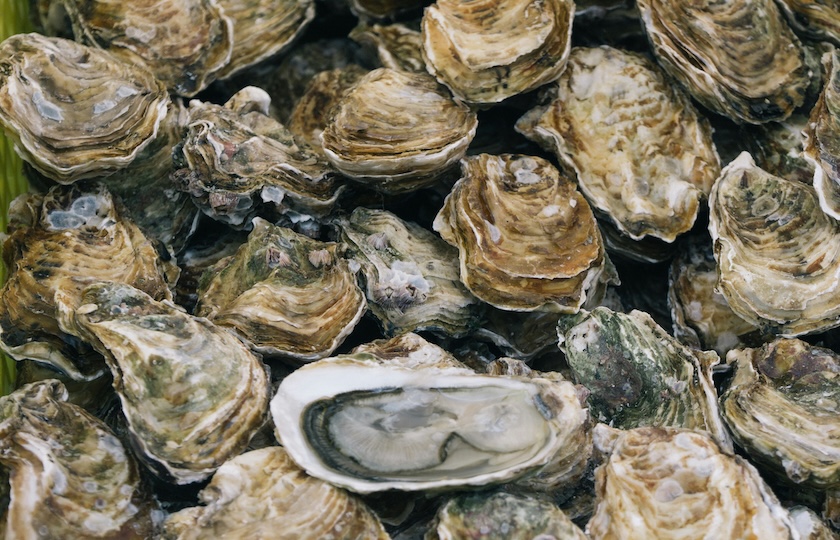Oyster shell waste from aquaculture has taken up a considerable amount of landfill space, particularly when it is accumulated and tossed in large quantities.
Several environmentalists and companies are focused on reducing seashell waste and incorporating recycling into their initiatives.
Portuguese-based eco design start-up Fahrenheit 180’s project is one of the cases that stepped into Lisbon’s Gulbenkian art museum with the introduction of shell-based tiles made from discarded oyster shells collected from farms.
“By making tiles – or azulejos – we’re linking this local biomaterial with Portugal’s cultural traditions, creating a material story grounded in place and memory,” said Luca Carlisle, co-founder of Fahrenheit 180.
The co-founder said the “overlooked” materials initially picked up from nearby seafood restaurants, where they faced the challenge of consistently separating the shell from other general waste, and from oyster farms, where large quantities of discarded shells accumulate in waste piles.
After the shells are ground up they are washed and sterilised through a heat and water treatment process, then sorted by size. and mixed with alginate – a seaweed-based biopolymer – and water to form a ‘moldable putty’.
During the treating process, the tiles can be cut, shaped and sanded after air-drying and curing, and then undergo a finishing process with biomaterial polishes and glazes, resulting in a variety of colours, including marbled blue-and-white, oranges, and yellows.
“We hope people see the potential of overlooked materials like shells and seaweed, not just as waste, but as rich, living matter that can shape culture,” said Carlisle.
“The installation invites a rethinking of local resources, craft traditions, and our relationship to ecological cycles.”



